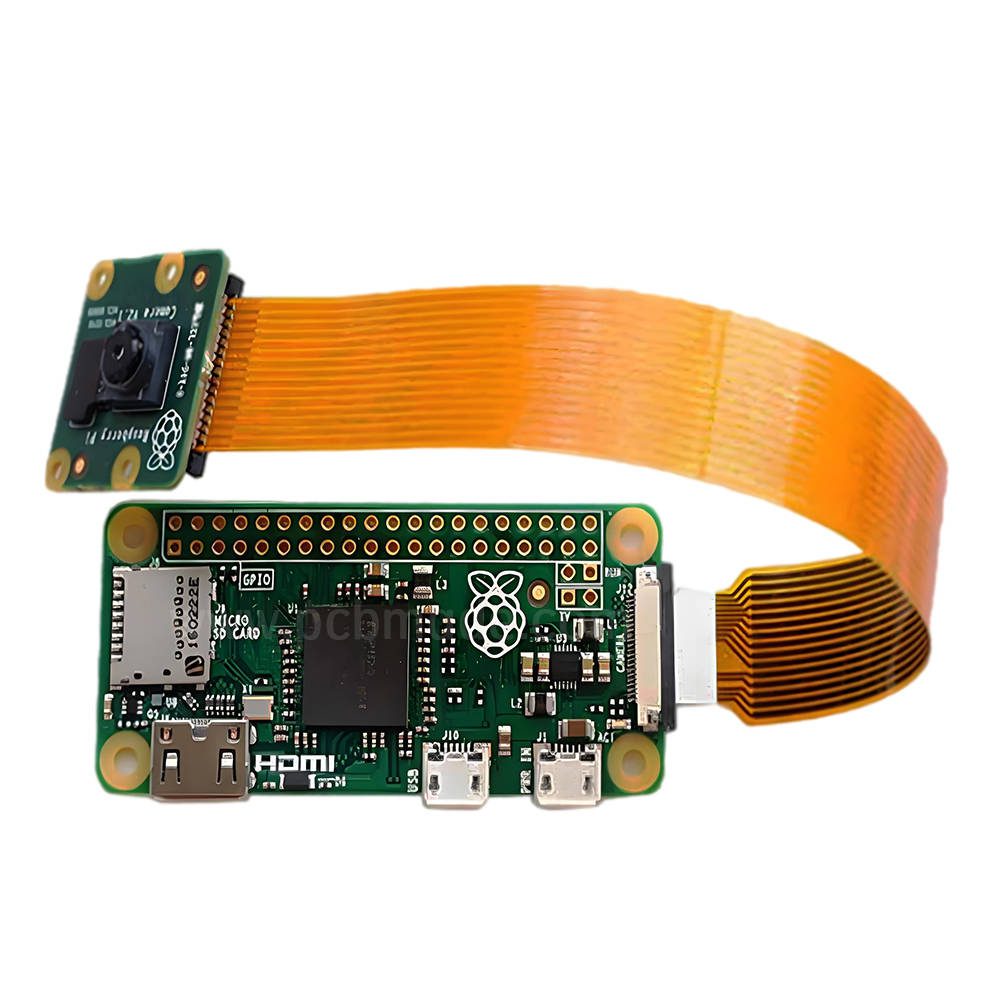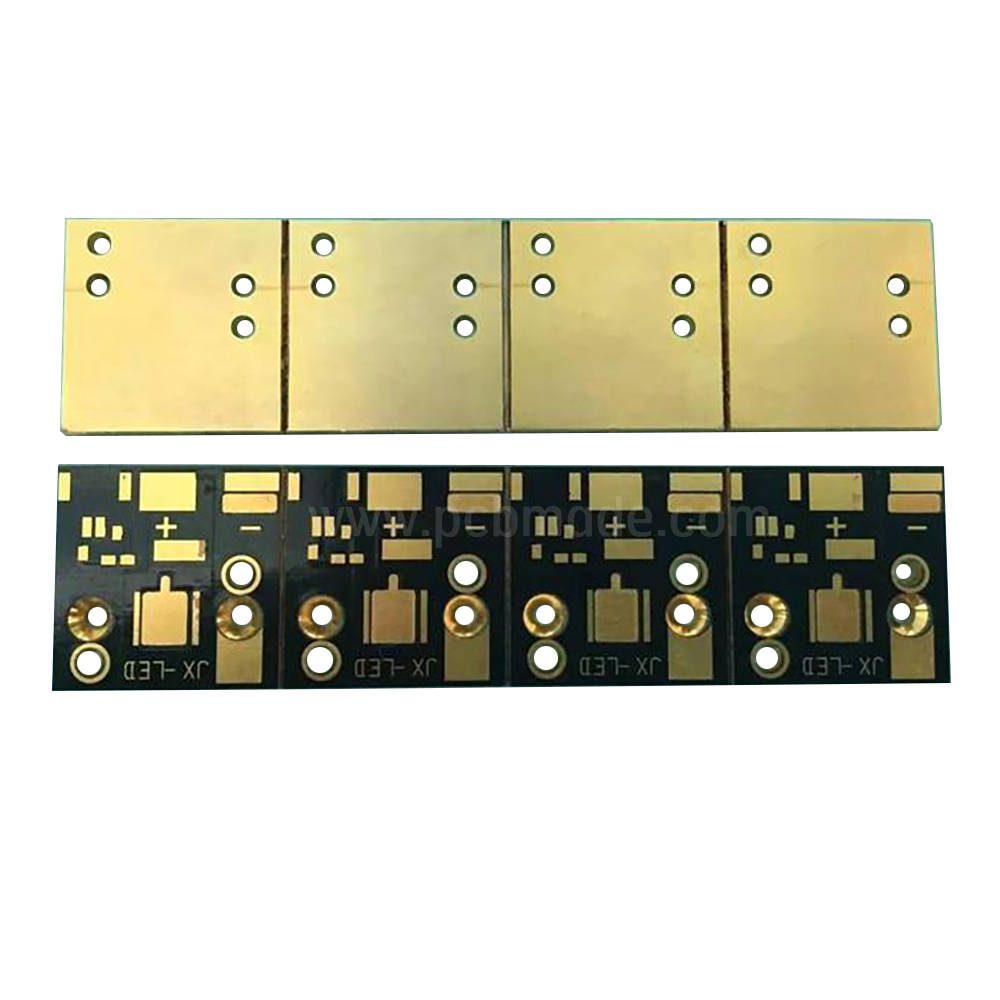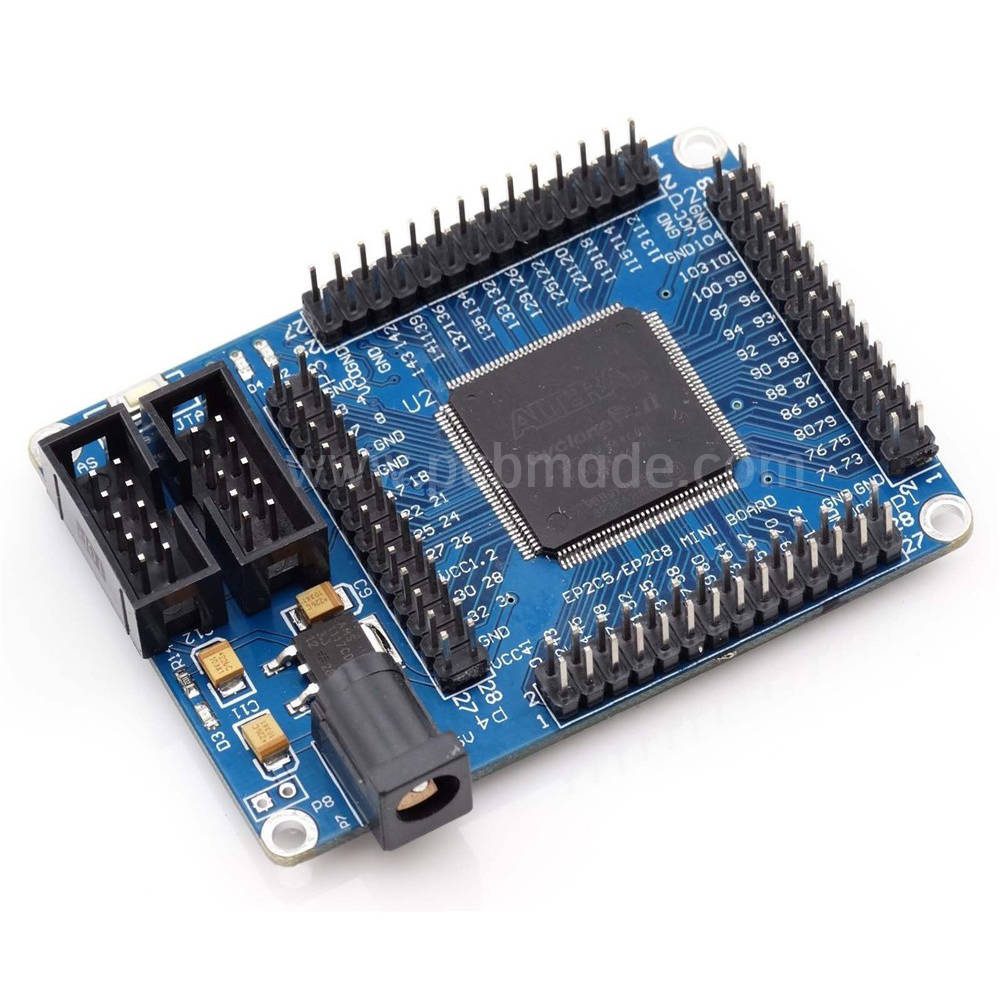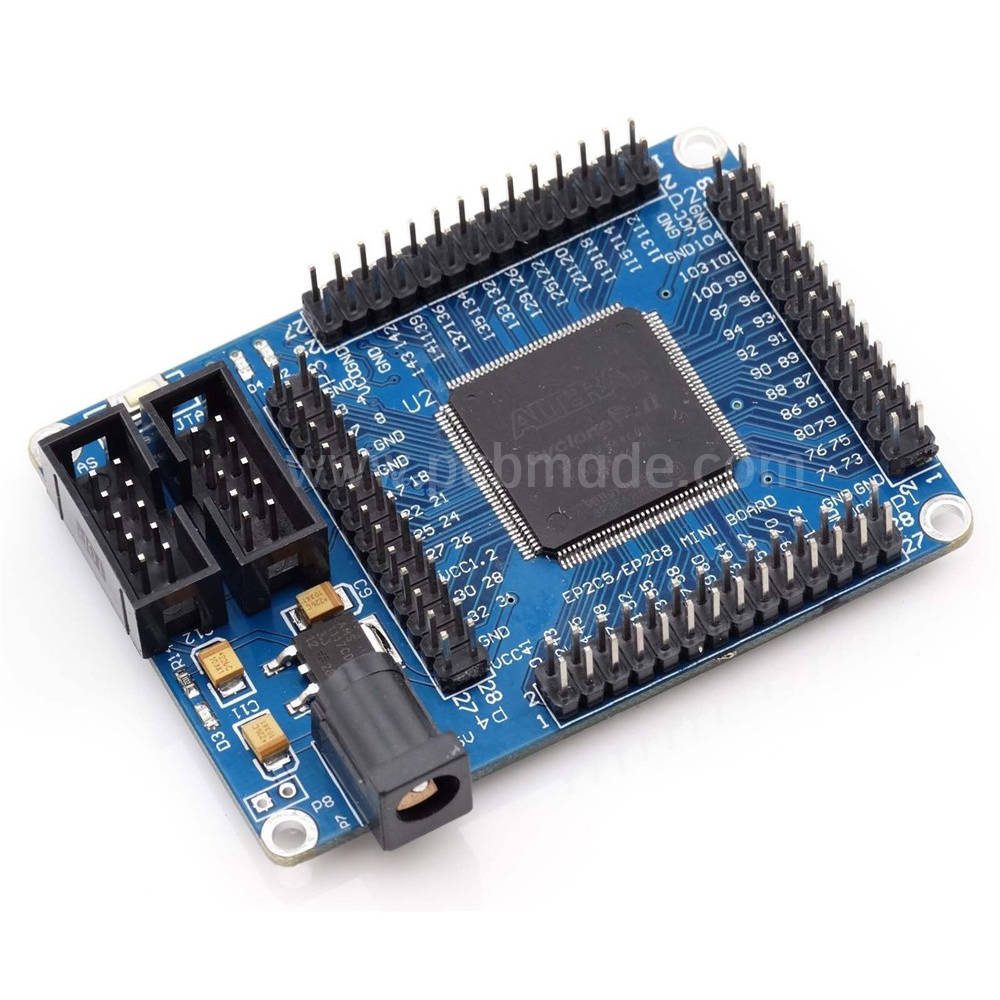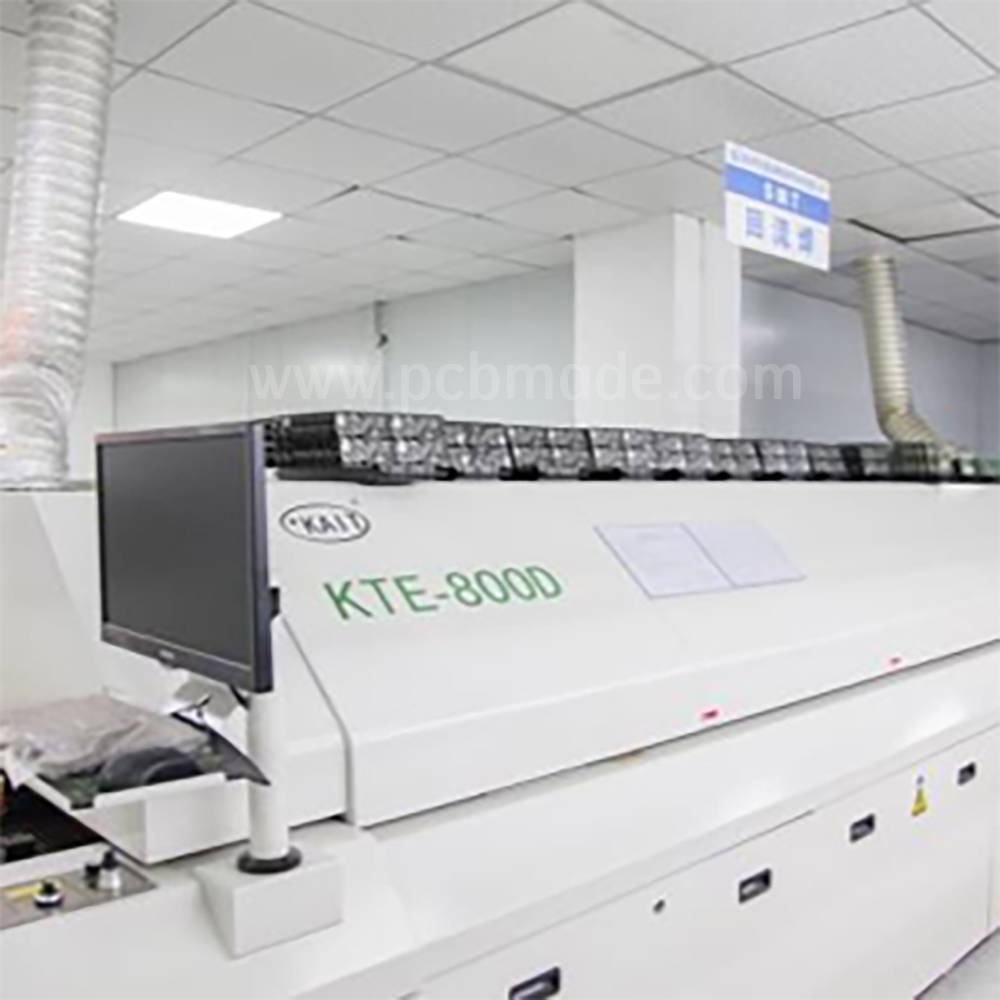In the internal world of electronic devices, printed circuit boards (PCBs) are like the transportation network of a city, carrying the transmission of electrical signals and the connection of various electronic components. With the advancement of technology and changes in market demand, PCB circuit boards are gradually moving towards lightweight development.
1、 Advantages of PCB Thin Plate
Miniaturization and lightweighting: With the increasing pursuit of portability and compact design in consumer electronics, thin PCBs have become a key factor in achieving device miniaturization. Compared to thicker traditional PCBs, thin boards can significantly reduce the thickness and weight of equipment, making products more in line with modern aesthetics and usage habits. Especially for fields such as smartphones and wearable devices where space is extremely valuable, the importance of thin PCBs is self-evident.
Improved heat dissipation performance: Thin PCBs have a smaller heat capacity, which helps to quickly dissipate the heat generated by electronic components, thereby improving the overall heat dissipation efficiency of the device. This is particularly important for high-performance computing, power electronics, and other fields, as excessively high temperatures can seriously affect the lifespan of components and system stability.
Reduce production costs: Thin PCBs require relatively less raw materials in the manufacturing process, and the possible reduction in assembly layers leads to a decrease in material costs per unit area. In addition, the small space occupied by thin plates during transportation and storage indirectly saves logistics and warehousing costs.
Adapting to high-speed signal transmission: In high-frequency electronic devices, the signal transmission speed is closely related to the dielectric constant and thickness of the PCB. Thin PCB, due to its low dielectric loss, can effectively reduce signal transmission delay, improve signal integrity, and meet the needs of high-speed data transmission, such as in applications such as 5G communication and high-speed data interfaces.
2、 Challenges and limitations of PCB thin plates
Mechanical strength issue: Thin PCBs have relatively weak mechanical properties and are prone to deformation or cracking due to improper stress during assembly, transportation, and even daily use. This requires full consideration of structural support during the design phase, selection of high-strength substrates, and strict protective measures during manufacturing, packaging, and user use.
Increased processing difficulty: Thin PCBs have raised higher requirements for production processes. Drilling, etching, laminating and other processes require precise control to prevent issues such as sheet warping and fracture. Meanwhile, thin plates are prone to thermal stress during welding, which may lead to solder joint failure or component damage. Therefore, it is necessary to optimize the welding process and select appropriate welding materials.
Electromagnetic compatibility challenge: Thin PCBs may increase parasitic capacitance and inductance, affecting the electromagnetic compatibility of the circuit. Designers need to ensure stable operation of equipment in complex electromagnetic environments through reasonable wiring, grounding design, and the addition of shielding measures.
Reliability test: The service life and environmental adaptability of thin PCBs are facing challenges. Under harsh conditions such as high temperature, humidity, and vibration, thin plates may experience delamination, corrosion, and other issues. To ensure long-term reliability, it is necessary to use high-quality materials and conduct strict quality control and environmental testing.
In summary, PCB sheets have significant advantages in miniaturization, lightweighting, improved heat dissipation performance, and cost savings, which conform to the development trend of electronic products. However, in practical applications, they also face challenges in mechanical strength, processing difficulty, electromagnetic compatibility, and reliability. Therefore, designers and manufacturers must fully consider and properly address these potential issues while pursuing thinning, in order to ensure the comprehensive performance and market competitiveness of their products.




